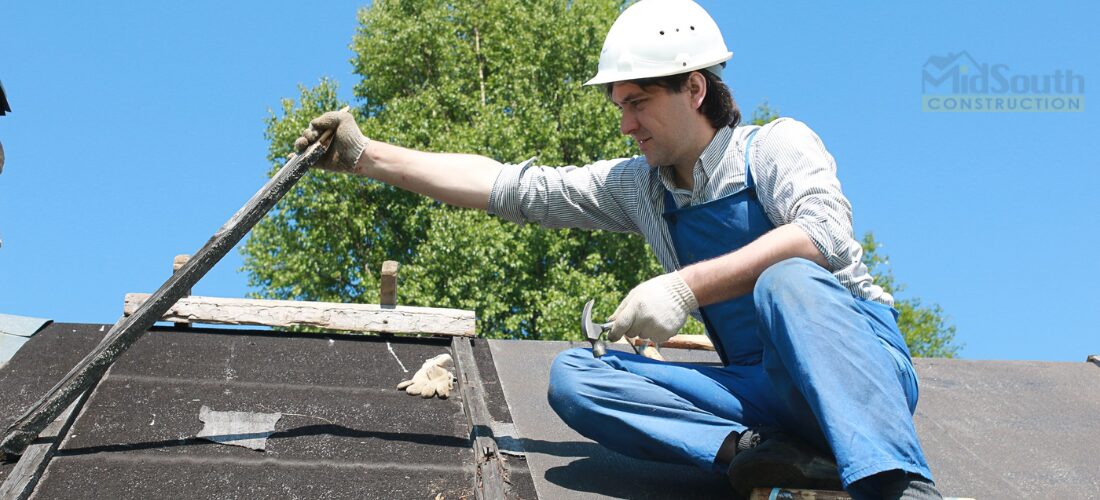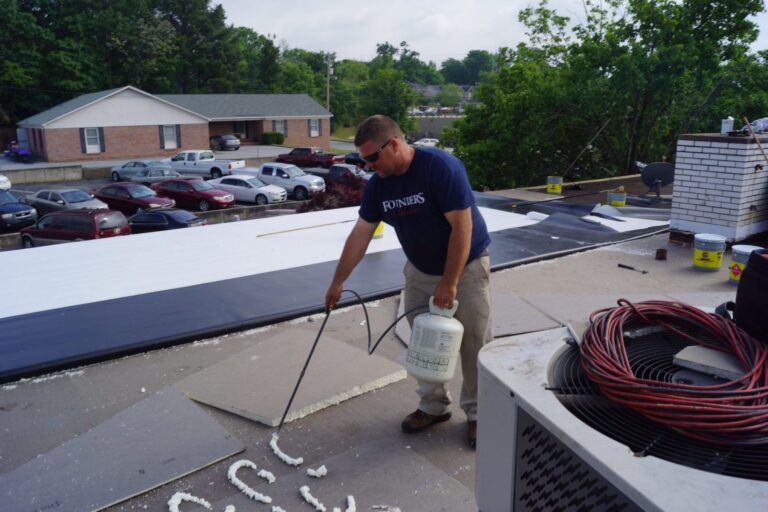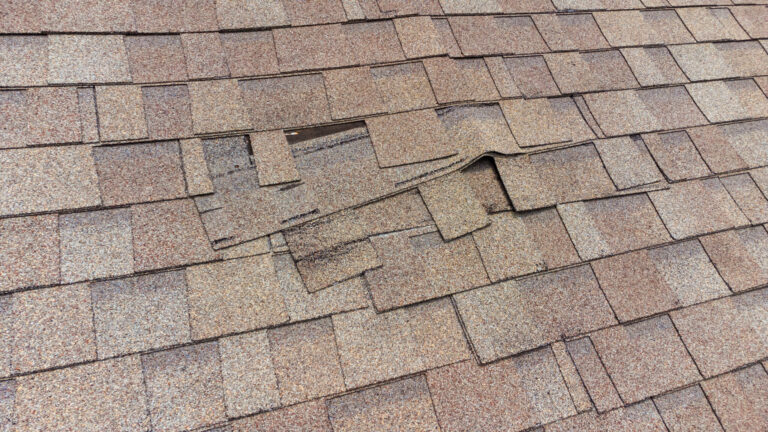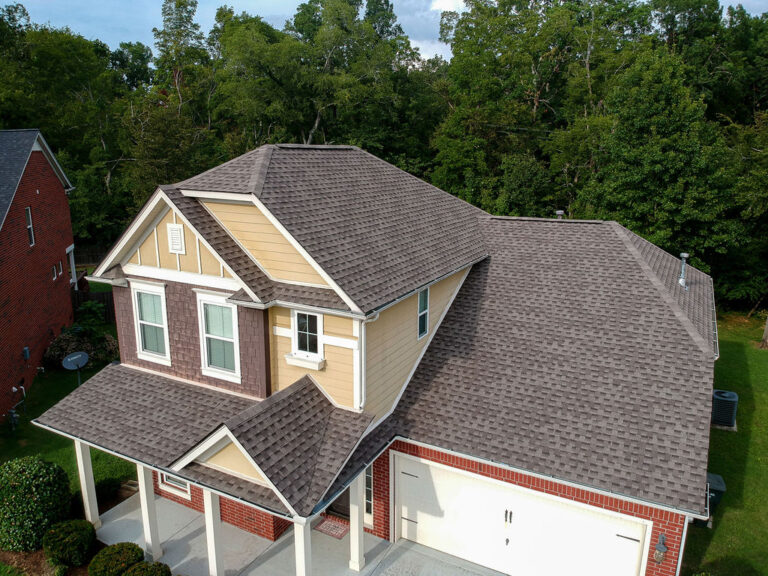
The Ultimate Guide To Roof Stain Removal and Prevention
Roof maintenance is essential for prolonging the life and appearance of your home’s most crucial barrier against the elements. Stains on your roof not only diminish your home’s aesthetic but can also lead to significant damage if not addressed promptly. In this guide, we will explore effective techniques for roof stain removal and prevention, ensuring your roofing remains in pristine condition and continues to provide optimal performance and protection.
Understanding Roof Stains
Roof stains are more than just an eyesore; they can also be indicative of deeper issues. Common causes of roof stains include algae, moss, mold, and lichen, which thrive on moisture and can degrade roofing materials over time. Identifying the type of stain and understanding its causes are the first pivotal steps toward effective treatment and prevention.
Importance of keeping your roof clean and free of stains
Maintaining a clean roof is not only crucial for enhancing your home’s curb appeal but also plays a significant role in the longevity of your roofing materials. Roof stains, often overlooked, can lead to severe deterioration of shingles and underlayment, which prematurely ages your roof, demanding costly repairs or replacement. Moreover, some roof stains can be symptomatic of underlying moisture issues, necessitating prompt attention to prevent structural damage to your home. Ensuring your roof is free from stains not only maintains its efficacy against weather elements but also safeguards your investment by extending the lifespan of your roofing system.
Types of Roof Stains
• Algae Stains: These typically appear as black streaks and are common in humid climates. They can be removed using a solution of chlorine bleach and water, although this must be done carefully to avoid damaging the roofing materials.
• Moss and Mold Stains: These can cause more significant damage as they retain moisture against the roof surface. Moss can be scraped off, but it is often better to use a moss-killing product first to make removal easier and safer for your tiles or shingles roofing.
We recommend having your roof cleaned by a roofing contractor, not a handyman or a roof cleaning service that is not qualified to inspect the integrity of your roof. A roofing contractor is better equipped to inspect your roof and determine the best course of action for cleaning and maintaining it. They will also check your flashings and other maintenance issues such as pipe jacks when cleaning your roof. Improperly cleaning your roof with strong chemicals or using pressure washing can lead to damage, so it’s important to hire a professional roofing company contractor for this task.
Roof Stain Removal Techniques
Effective roof stain removal is crucial not only for aesthetic appeal but also for extending the life of your roofing materials. Here, we explore established techniques to tackle different types of roof stains.
• Chemical cleaning solutions
For handling tough stains, such as those caused by algae, moss, and fungus, chemical cleaning solutions are often recommended. These specially formulated solutions can target and break down the biological material without damaging the underlying roofing material. It’s essential to choose products approved by shingle manufacturers to avoid any harmful effects. Specific products like chlorine bleach mixtures and copper sulfate solutions are commonly used in the industry. However, professional application is recommended to ensure even coverage and to mitigate potential run-off issues, which could harm nearby vegetation or cause staining on other surfaces.
• DIY stain removal methods
For homeowners interested in addressing mild roof stains on their own, several less-intensive methods can be employed. Solutions such as mixing 1 part water with 1 part bleach can be applied to affected areas. Use a pump sprayer for application and rinse the area thoroughly after about 15-20 minutes. Always ensure personal safety by wearing protective gear and using caution when working at heights. Additionally, always avoid using harsh scrubbing tools, as these can damage roofing materials.
• Preventing Roof Stains
Prevention is always better than cure, especially when it comes to maintaining your roof’s condition. Here are effective strategies to prevent roof stains before they develop.
• Regular roof inspections
Conducting regular roof inspections can dramatically reduce the likelihood of stain development. These inspections help identify and rectify small issues like minor leaks or accumulating debris, which can become breeding grounds for mold and algae. Ideally, have a professional roofer conduct inspections at least twice a year and after major storms to ensure comprehensive maintenance and timely interventions.
• Maintaining Clean Gutters to Prevent Algae Growth
To prevent algae from returning, a crucial preventative measure is maintaining clean gutters. Ensuring that gutters are free of debris such as leaves and twigs not only facilitates proper water drainage but also reduces the likelihood of algae and moss formation, which thrive in damp, shaded areas. Regular gutter cleaning helps maintain the structural integrity of your roof and prevents water damage.
• Trimming overhanging branches
Reducing shade on your roof can limit the growth of moss and algae, which thrive in moist, shaded areas. Trimming back any overhanging branches not only reduces debris accumulation, which can trap moisture against the roof surface, but also increases sunlight exposure, which naturally helps keep the roof dry and free from growths. Regularly clearing away fallen leaves and branches will further help in reducing moisture retention on the roof surface.
If you need professional roof cleaning or have concerns about the condition of your roof, do not hesitate to contact MidSouth Construction. As a GAF Master Elite Roofing Contractor, we possess the expertise and experience necessary to address all your roofing needs efficiently and effectively. Reach out to us today to schedule a consultation or to learn more about our comprehensive roofing services designed to keep your home safe and looking its best.
Table of Contents
Relevant Articles

10 Questions To Ask A Commercial Roofer Before You Hire Them
10 Questions to Ask a Commercial Roof Contractor before You Hire them If you are a property management company, a commercial property owner, or perhaps on the board of directors for a condo property, roofing repairs and replacements can be a tough topic to bring up, but it doesn’t have to be. At MidSouth Construction we understand that your primary

Top 10 Roof Repairs Every Homeowner Should Know About
Fast. Affordable. Quality Roof Repairs Top 10 Essential Roof Repairs Every Homeowner Should Know About The roof is your home’s first line of defense against the elements, and it’s crucial to keep it in top shape. Whether you’re a new homeowner or have lived in your house for years, understanding essential roofing repairs can save you time and money in

ROOFING 101: ESSENTIAL REPAIRS AND MAINTENANCE
ROOFING 101: ESSENTIAL REPAIRS AND MAINTENANCE Searching for “roofing companies near me” in Nashville? How do you know who to trust? This blog post takes the guesswork out of finding a quality roofer. We’ll share insider tips on what to look for, questions to ask, and how to ensure you get the best value for your investment. Understanding Common Roof
